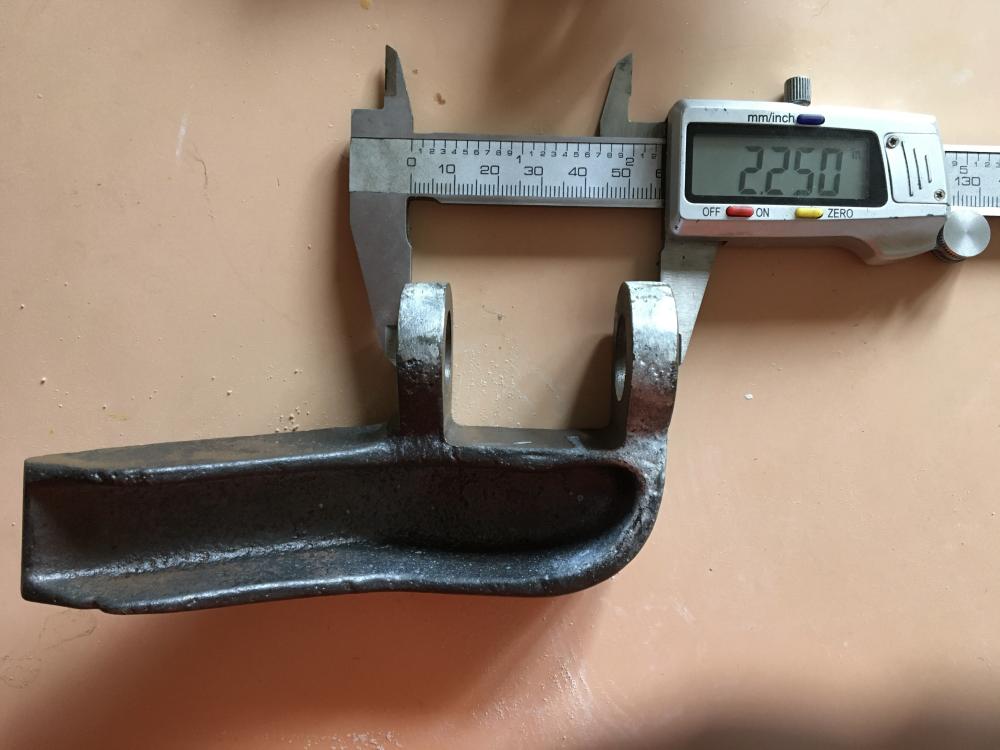04-02-2022, 12:45 AM
My first post. This is an observation rather than a help question.
I am currently fitting the dropped radius rod ends as fitted to EA Sports (aka Ulsters) and EB/AEB Sports models (65/Nippy). I have a 1935 Nippy project. There has been much discussion about the angles on standard radius rod ends, which assist in exerting the 4.5 to 7 degree positive caster angle.
I have reproduction sports radius rod ends (bought in the 1990s) and can confirm that these forgings/castings (not sure which) also have the vertical angle built in.
My radius rods are straight, I have 7 degrees of king pin positive inclination and the rods line up at the correct height at the ball end. However, I have discovered that one radius rod sits horizontally a few inches away from the ball, whereas the other one meets it perfectly (with no coercion). I have found that the reason for this is that the angle of the side face of the forging is set to 30 degrees on the nicely fitting side and 25 degrees on the ill-fitting side. I have milled the bad one to 30 degrees and it now lines up correctly. I hadn’t seen this measurement elsewhere so I thought that this might be useful information for anyone else or initiate useful discussion. Sorry for the lack on engineering terms. I am not an engineer, just an enthusiast and owner of half a dozen Sevens over forty years.

I am currently fitting the dropped radius rod ends as fitted to EA Sports (aka Ulsters) and EB/AEB Sports models (65/Nippy). I have a 1935 Nippy project. There has been much discussion about the angles on standard radius rod ends, which assist in exerting the 4.5 to 7 degree positive caster angle.
I have reproduction sports radius rod ends (bought in the 1990s) and can confirm that these forgings/castings (not sure which) also have the vertical angle built in.
My radius rods are straight, I have 7 degrees of king pin positive inclination and the rods line up at the correct height at the ball end. However, I have discovered that one radius rod sits horizontally a few inches away from the ball, whereas the other one meets it perfectly (with no coercion). I have found that the reason for this is that the angle of the side face of the forging is set to 30 degrees on the nicely fitting side and 25 degrees on the ill-fitting side. I have milled the bad one to 30 degrees and it now lines up correctly. I hadn’t seen this measurement elsewhere so I thought that this might be useful information for anyone else or initiate useful discussion. Sorry for the lack on engineering terms. I am not an engineer, just an enthusiast and owner of half a dozen Sevens over forty years.





